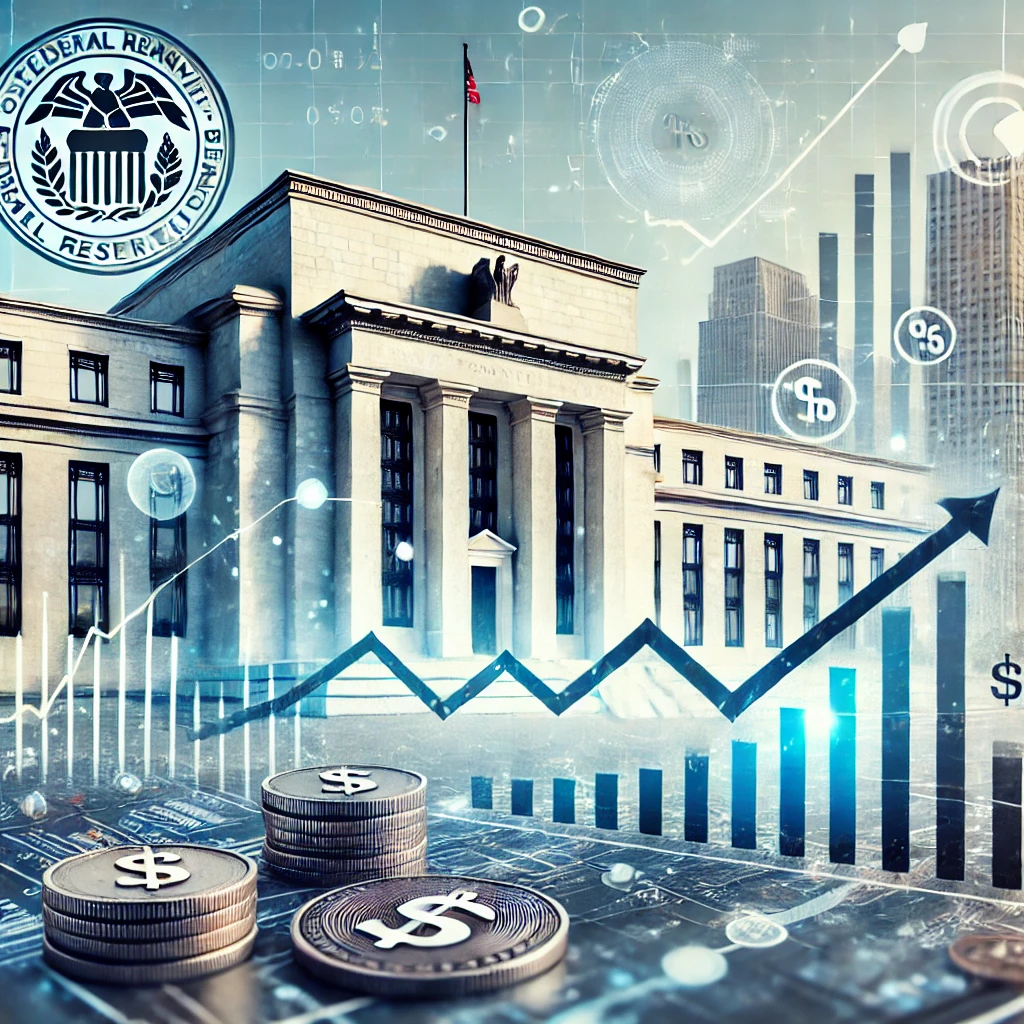In a surprising shift in monetary policy, the Federal Reserve has implemented an interest rate cut, a move aimed at stimulating economic growth amidst signs of slowing inflation. While the cut is expected to provide relief to businesses and consumers, many investors remain cautious, as the stock market continues to be viewed as overvalued despite the easing of monetary policy.
Interest Rate Cut: What’s Driving It?
The Federal Reserve’s decision to lower interest rates reflects growing concerns about the pace of economic growth and the need to counteract potential slowdowns in consumer spending and business investment. After a period of persistent rate hikes aimed at controlling inflation, this latest cut signals a pivot, suggesting the central bank believes inflationary pressures may be easing.
By reducing the cost of borrowing, the Fed hopes to encourage businesses to invest more in growth initiatives and for consumers to increase their spending. Lower rates also provide relief for those managing high-interest debt, such as mortgages and loans, making it easier for individuals and companies to refinance and manage their financial obligations.
This cut comes after months of data showing inflation softening, allowing the Fed to shift its focus from curbing price increases to promoting more robust economic growth. However, the rate cut raises questions about whether it will truly be enough to sustain growth in an economy still recovering from global supply chain disruptions, labor market shifts, and geopolitical tensions.
The Stock Market Remains Overvalued
Despite the rate cut, many experts believe that the stock market remains overvalued, particularly in sectors like technology and consumer discretionary. Stock valuations, as measured by metrics such as the price-to-earnings (P/E) ratio, continue to sit at elevated levels, even though economic growth has shown signs of moderation.
Traditionally, interest rate cuts are seen as bullish for the stock market, as they make borrowing cheaper and increase liquidity. However, the current overvaluation of stocks is a growing concern, with some investors wary that the market’s high prices do not reflect the underlying economic fundamentals.
Investor Sentiment and the Disconnect with Economic Reality
Even as the Fed cuts rates, the disconnect between Wall Street and Main Street remains pronounced. The economy, while recovering, still faces challenges such as supply chain constraints, higher labor costs, and global instability. Yet, stock prices in certain sectors continue to soar, buoyed by investor optimism and the belief that tech companies and high-growth stocks will outperform in the long run.
This optimism is tempered by fears of a potential market correction. While the rate cut may provide short-term gains for the stock market, long-term risks remain. Investors are advised to stay cautious, as overvalued stocks may be vulnerable to a pullback, especially if corporate earnings fail to meet expectations or if macroeconomic conditions worsen.
Implications for Businesses and Borrowers
For businesses, the rate cut is largely seen as a welcome reprieve, particularly for those that rely heavily on debt financing. Companies with large capital expenditures or expansion plans can now borrow at lower rates, potentially driving increased investment in innovation and growth. Similarly, consumers may find themselves more willing to take on new loans or refinance existing ones, boosting spending on big-ticket items such as homes and vehicles.
However, the broader question remains whether the rate cut will be enough to spark the level of economic activity needed to justify the stock market’s current valuations. As borrowing costs fall, the expectation is that companies will ramp up investments, but with profit margins already squeezed in some industries, it may take time for this to materialize.
The Federal Reserve’s interest rate cut marks a significant shift in monetary policy, signaling a new phase in the battle to support economic growth. While the lower rates will likely provide relief to businesses and consumers alike, the persistent concerns about an overvalued stock market raise the stakes for investors.
As the economy adjusts to this new environment, businesses and investors should remain vigilant, keeping an eye on both market fundamentals and broader economic trends. Although the rate cut is designed to foster growth, the market’s overvaluation could still lead to turbulence in the months ahead.



